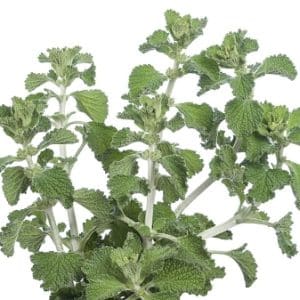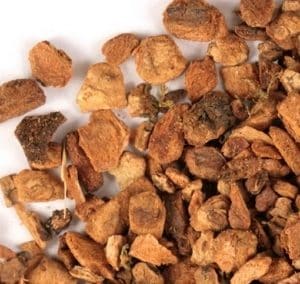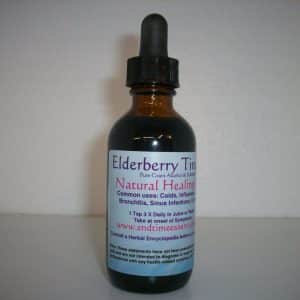$12.05 – $26.95
For centuries, traditional uses of this herb have included fevers, headaches, stomach aches, toothaches, insect bites, infertility, and problems with menstruation and labor during childbirth. Newer folk or traditional uses for feverfew include migraine headaches, rheumatoid arthritis, psoriasis, allergies, asthma, tinnitus, dizziness, nausea and vomiting
The name feverfew is derived from the Latin term febrifugia, which means to drive out fevers.
The use of feverfew as a migraine remedy is credited to the wife of a Welsh doctor. It is said that she ended her 50-year history of such headaches with a course of feverfew.
It has been used since Roman times to induce menstruation and given during difficult birth to aid in the expulsion of the placenta.
Dioscorides, an ancient Greek physician, gave it to women during childbirth to increase uterine contractions and to speed the birth process.
Culpeper stated, in 1653, that the main use for the herb was for women’s complaints.
For centuries, it was used to lower fevers, treat infant colic, depression, vertigo, kidney stones, and constipation. It is also used as an insect repellent and to treat minor skin wounds and to relieve the pain of arthritis.
Although not mentioned in surviving classical texts, tansy was described by medieval herbalists, notably Hildegard of Bingen in the 12th century and onward. It has since been the most common worm-expelling plant used.
Gerard also wrote that feverfew was an effective headache remedy.
Cotton Mather, an American clergyman and writer of the 1700s, recommended chewing feverfew to ease a toothache.
Key Actions
Key Components




